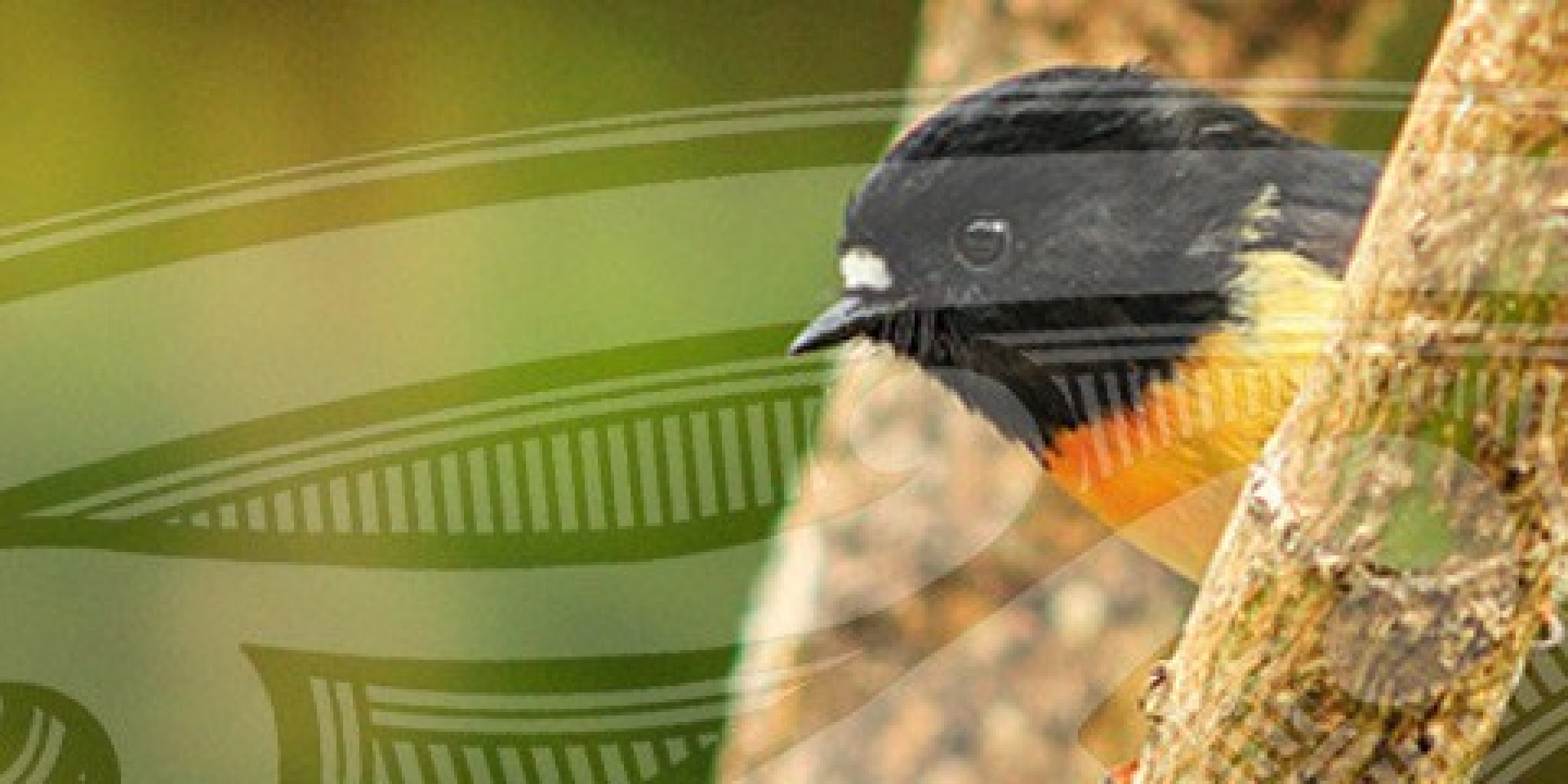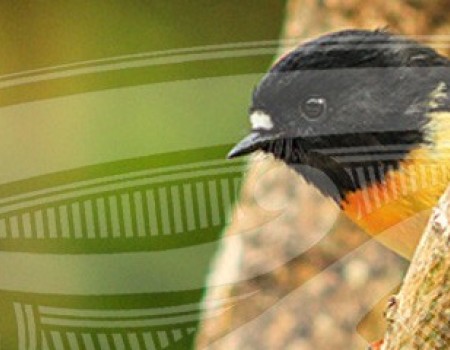Fossilized shells in the bedrock at the summit, dating back to the Pliocene, make obvious a time when the summit, 990 metres above sea level, was indeed once part of an ancient seabed. The summit is known as Te Tihi-o-Rereaitu and is reputed to be the last known place of moa in Aotearoa. In 1838, naturalist William Colenso visited the Waiapū, East Cape, district where he heard talk from the people there of a monstrous creature that some said was a bird and others said was a person but all agreed it was called moa.
It was described as somewhat resembling a ‘large domestic cock’ that possessed a human like face and lived in a cave on Whakapunake attended by two immense tuatara that kept watch while it slept. Should anyone approach its lair, the bird would be awakened and intruders would risk being trampled to death by it.
In the summer of 1840-41, Colenso visited Te Reinga to enquire as to the authenticity of the information he had been given by the people at Waiapū. While the existence of moa on the maunga, in time past, was confirmed, by his informants, he recorded that, ‘no one could be found who could positively testify to having had ocular demonstration of it.’

